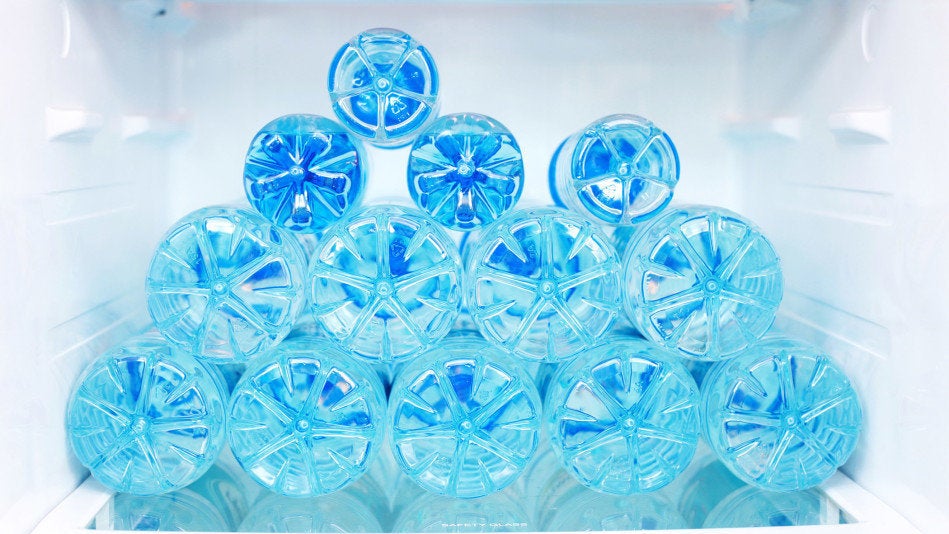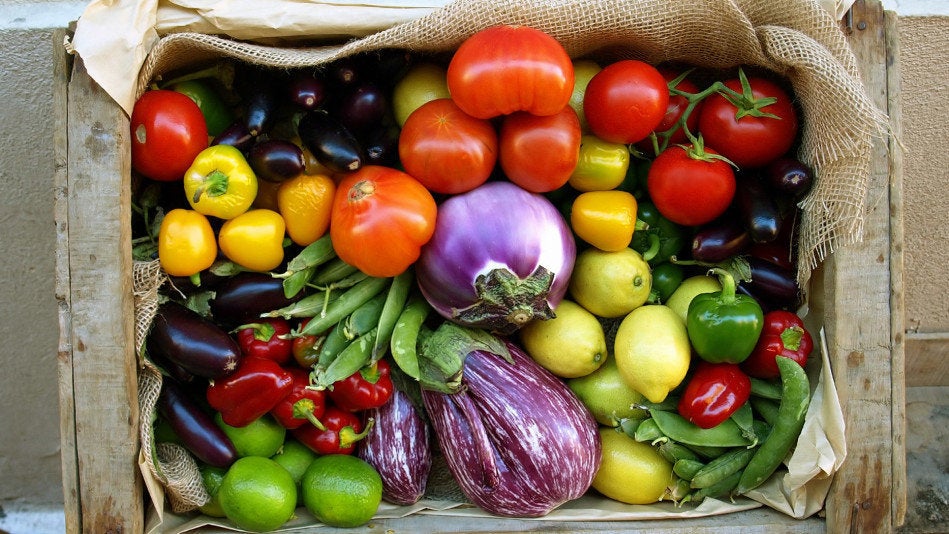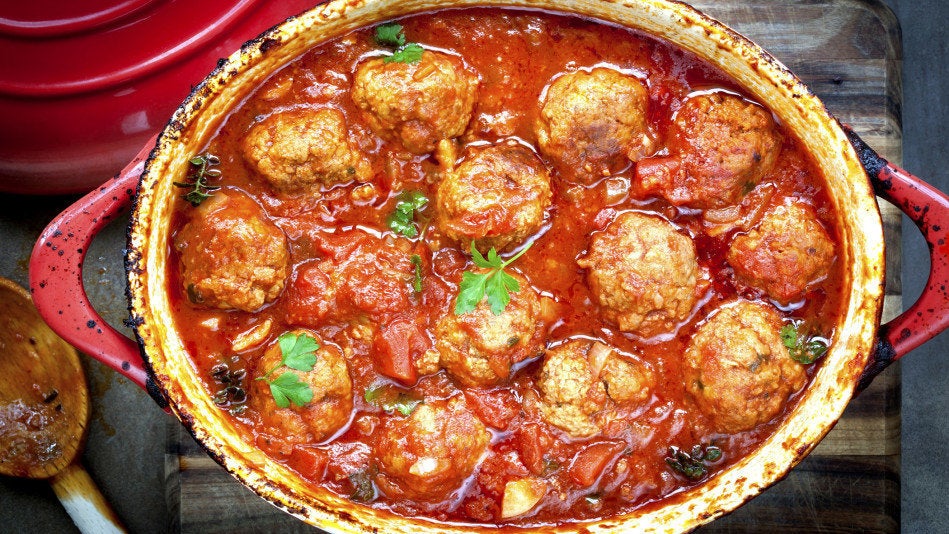
By: Sara G. Miller, Staff Writer
Published: 08/31/2015 10:45 AM EDT on LiveScience
An update to the serving sizes listed on food labels will better reflect the amount of food people actually eat, the Food and Drug Administration (FDA) says. But determining an appropriate serving size may be trickier than you think.
The serving sizes listed on foods are meant to reflect the amount that people typically consume in one sitting — but that doesn't mean that they give the recommended amount that people should eat to be healthy.
For example, on 20-ounce soda bottles, the current labels list a serving as 8 ounces, and therefore, a bottle contains 2.5 servings. But most people down the whole bottle in one sitting. Under the FDA's proposal, this label would be changed so that the bottle would contain just one serving — and the number of calories and the amount of carbohydrates in a serving would be adjusted accordingly. [8 Top Meals from Nutritionists]
Serving sizes were established two decades ago, but they were based on studies done in the 1970s and 1980s, according to the FDA. Since then, the way people eat has changed, the FDA said.
If the changes are approved, consumers won't see them for a while — the new sizes would go into effect next year, but the FDA would allow manufacturers up to two years to make the changes to labels.
To find out how much people actually should be eating, Live Science contacted several dietitians. Here, we give you the low-down on what these experts said a reasonable serving size should be, for five common foods.
Ice cream
The FDA currently calls one-half cup of ice cream a serving. "But I don't know anyone who eats half a cup of ice cream," said Katherine Tallmadge, a registered dietitian and op-ed contributor to Live Science. Instead, 1 cup is reasonable, she said.
However, that's for ordinary, standard ice cream, she added. Premium ice creams can have as much as 600 calories per cup, whereas a standard ice cream would be around 300 calories, she said. That's why it's important for people to pay attention to not only serving size, but also how many calories are in their food, she said.
Andrea Giancoli, also a registered dietitian, agreed, saying that she recommends 1 cup "because half a cup is so disappointing," she told Live Science.
However, Heather Mangieri, a registered dietitian and spokesperson for the Academy of Nutrition and Dietetics, said she thinks the current serving size of half a cup is appropriate. She said she bases her recommendations on the amount of carbohydrates a serving contains.
"I teach consumers that a serving of carbohydrates is about 15 grams," she told Live Science in an email. Ice cream contains about 15 to 18 grams of carbohydrates for one-half cup, she said.
Fruit juice
For fruit juice, "6 ounces — that's the size of a usual juice glass" — is a reasonable serving size, Tallmadge said.
Giancoli agreed, that 6 ounces was reasonable, but she also hedged slightly – 8 ounces could be OK, but no more, she said.
Mangieri recommended a smaller amount: Half a cup, or 4 ounces. That amount of juice contains about 14 grams of carbohydrates, she said.
Fruit
The U.S. Department of Agriculture (USDA) defines a serving of fruit as cup, an amount equal to a small apple or half of a large banana, Tallmadge said. "But my first response would be it doesn't matter, because eating more fruit is good," she said.
Agreeing, Giancoli said that it's OK to eat large servings of fruit. "Don’t worry about it!" she said.
Mangieri said that people should remember that even with healthy foods, eating a variety is important. "Eating only half a banana for a snack won't likely fill anyone up, but that doesn't mean you should eat two bananas." She recommended eating half of a banana along with some Greek yogurt, almonds and granola, for example.
Chicken breast
Currently, the USDA considers 3 ounces of chicken breast to be one serving. And here, everyone agreed: 3 to 4 ounces is a sensible serving size. That's the appropriate amount of protein to eat at one meal, Mangieri said.
However, it's not realistic to think that this means eating a typical chicken breast from the grocery store, Tallmadge said. You can't buy a chicken breast of that size today — they're usually about 6 to 8 ounces, she said. Her recommendation is to cut it in half. A serving that is about the size of a deck of cards is a good goal, she said.
French fries
For French fries, Mangieri recommended eating no more than eight to 10 fries, in order to limit your carbohydrates to 15 grams.
Tallmadge and Giancoli agreed that a sensible serving size is a very small portion. "Less than a small [size] at McDonald's," Tallmadge said. Giancoli recommended going for a kid's size.
How's that stack up to a large order of fries? It's less than a quarter of the size.
Follow Live Science @livescience, Facebook & Google+. Originally published on Live Science.
Copyright 2015 LiveScience, a Purch company. All rights reserved. This material may not be published, broadcast, rewritten or redistributed.
Also on HuffPost:

If you cleared your fridge before you left, you're in for a little I-have-nothing-to-eat panic when you get home. "The last thing I want to do when I get back from a trip is go to the grocery store," says Jessica Crandall, RDN, spokeswoman for the Academy of Nutrition and Dietetics and Wellness Center Director at Denver Wellness and Nutrition. "So I order groceries online --either while I'm still on vacation or before I leave -- and schedule the delivery for the day I get back." This also eliminates the temptation of ordering a pizza with everything or roaming the supermarket aisles while you're starving. (Research in JAMA Internal Medicine found that people who went to the store hungry bought nearly 45 percent more high-calorie foods compared to non-ravenous shoppers.)

Feeling like you gained weight on vacation is normal, but there's good news: You probably gained much less than you think (research suggests that on average, people gain less than a pound over the holidays, so your week away can't have been that bad), and much of it is likely water weight. "We eat out a lot more on vacation, and restaurant meals tend to be high in salt, so you retain fluid and feel bloated," Zanini says. (Restaurant meals actually pack more sodium than fast food options, according to a recent study in the European Journal of Clinical Nutrition.) Once you're back home, staying hydrated can help your body flush out the extra fluids -- that means drinking enough water to keep your pee a light-yellow color. You'll also want to avoid overly salty foods. Crandall recommends instead high-potassium picks like melon, beans, artichokes and spinach. Here are six more foods to eat when you need to beat the bloat.

You probably weren't feasting on fruits and vegetables, which means your regularity took a hit. Indulging in foods you wouldn't normally eat can make your stomach temperamental, says Lori Zanini RD, spokeswoman for the Academy of Nutrition and Dietetics and the founder of Lori Zanini Nutrition in Manhattan Beach, California. Fiber can fix both. "You get the gut back on track and you feel better immediately," Zanini says. It'll also help you feel more satisfied after eating. Fill your post-vacation meals and snacks with high-fiber picks like beans and lentils, vegetables like broccoli and Brussels sprouts, fruits like berries and pears, and whole grains.

The last thing anyone wants to do after playing catch-up on the first day back is cook a time-consuming, nutritious dinner. Enter the most wonderful of kitchen gadgets: the Crock-Pot. Do as Crandall does and set your alarm 20 minutes earlier than usual on your first full day back, throw the ingredients in and head out the door. Here's a recipe that fits the bill.

After a week away, typical portions might look a little puny and you might be a little (or a lot) hungry. Powering through until it's time for your next meal isn't always the best approach though. "Aim to eat every 4 to 5 hours, but if you're hungry 3 hours after you finish your balanced lunch, your body is telling you that it needs energy," Zanini says. Ignoring it means you'll head into your next meal with a bigger than normal appetite, and, in her experience, be more likely to overeat.